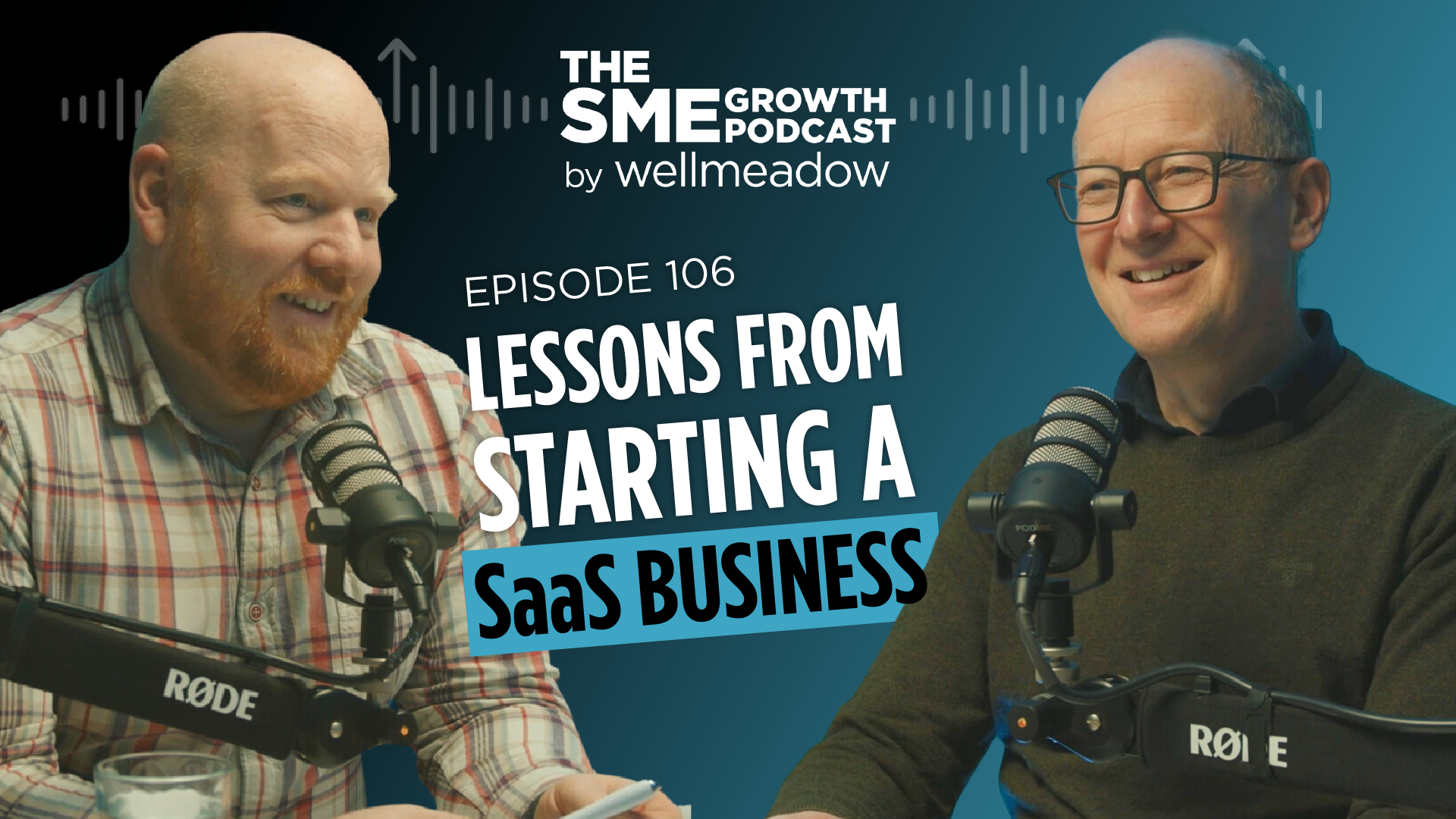In this revealing episode, Dave and Richard take us through their decade-long journey of developing Magic Minutes, a SaaS product designed to revolutionize board meeting management. Through candid discussion of both successes and setbacks, they provide invaluable insights for entrepreneurs considering software development. Their experience spans the complete lifecycle - from initial concept as an internal tool, through various development iterations, to market launch and beyond - offering a comprehensive look at the challenges and opportunities in SaaS development.
Head over to our YouTube channel and subscribe for exclusive content and a chance to see the fully clothed versions of our episodes: @TheSMEGrowthPodcast.
You can listen to the full episode here
Listen to the full episode now



Key Topics Discussed
Market Research
- Conducting comprehensive market validation beyond the initial positive feedback from friends and existing clients to understand genuine market demand
- Implementing structured research methods to gather objective feedback from potential customers outside your immediate network
- Analyzing willingness-to-pay metrics and specific problem-solving requirements across different market segments
- Testing product-market fit through controlled trials and beta testing programs before full-scale launch
Marketing Investment
- Allocating sufficient marketing budget of 2-10 times the development costs to ensure proper market penetration and customer acquisition
- Developing comprehensive customer acquisition strategies including content marketing, sales processes, and educational resources
- Investing in targeted advertising campaigns while monitoring and optimizing customer acquisition costs
- Building brand awareness through multiple channels while maintaining consistent messaging and value proposition
Development Team Structure
- Assembling a diverse team of specialists including business analysts, architects, developers, UX designers, and quality assurance professionals
- Establishing clear communication channels and workflows between different team members and specialties
- Creating efficient development processes that leverage each team member's unique expertise and perspective
- Maintaining documentation and knowledge sharing practices across all development disciplines
Feature Management
- Implementing a structured approach to evaluating and prioritizing feature requests against strategic product objectives
- Maintaining clear documentation of feature requests and their alignment with overall product vision
- Establishing criteria for feature acceptance based on market research and user behavior analysis
- Creating and maintaining a public product roadmap to manage user expectations and development priorities
Quotes to Remember
"If you wait until it's good enough to show your mum, you've waited too long."
"The marketing budget needs to be many multiples of the development budget."
"Don't let every single request for a feature be something that you feel will be the breakthrough."
"You're building a product for the market, not for individual users - stay focused on the bigger picture."
"In software development, what looks simple on the surface often masks deep complexity beneath."
Top Takeaways
- Start with Thorough Market Research: Before investing significant resources, conduct comprehensive market validation beyond friendly feedback. Understanding genuine market demand and willingness to pay is crucial for long-term success.
- Plan Marketing Investment Early: Allocate 2-10 times your development budget for marketing and customer acquisition. Even the best products need significant investment in awareness and education to succeed in the market.
- Build a Complete Development Team: Success requires more than just developers - you need business analysts, architects, UX designers, and testers working together. No single person can effectively fill all these roles.
- Maintain Clear Product Vision: Resist the temptation to add features based on individual user requests. Keep focused on your core value proposition and target market needs rather than chasing every potential enhancement.
- Focus on User Onboarding: Invest time in creating smooth onboarding experiences. Users need guidance to understand and adopt new software, regardless of how intuitive you think it is.
Head over to our YouTube channel and subscribe to The SME Growth Podcast. Share your thoughts and business challenges in the comments section of our community page: https://www.youtube.com/@TheSMEGrowthPodcast/community
